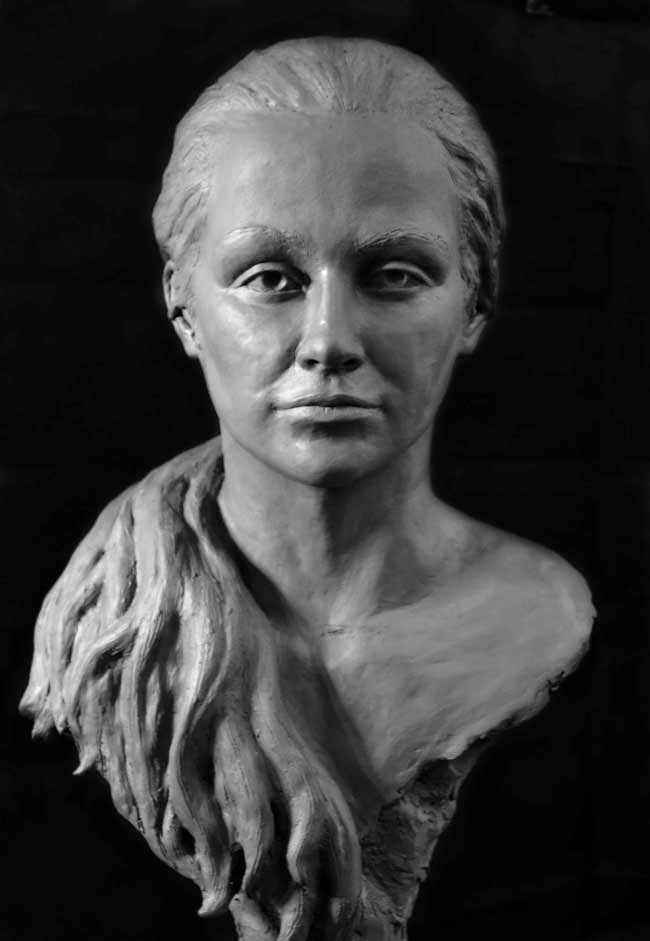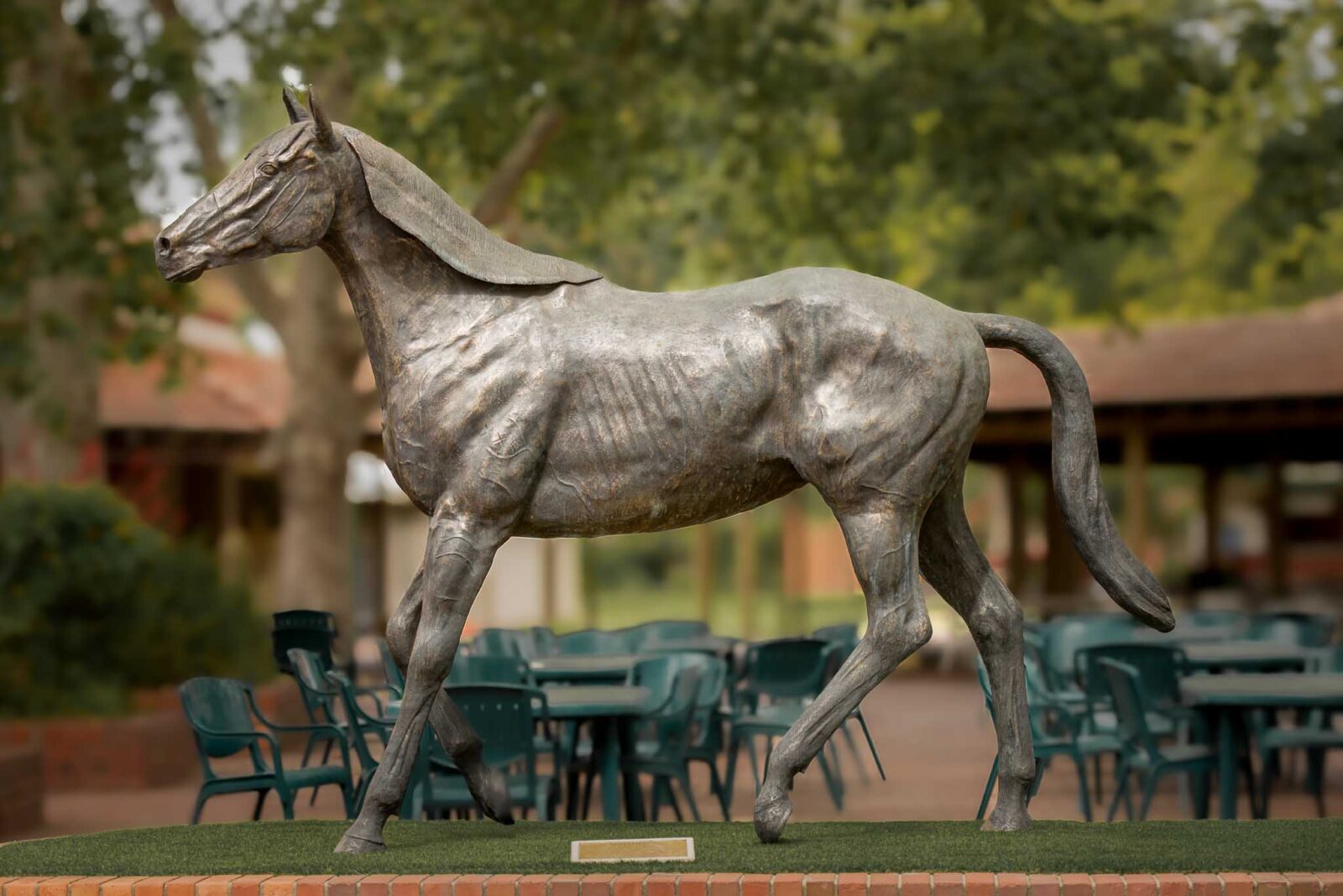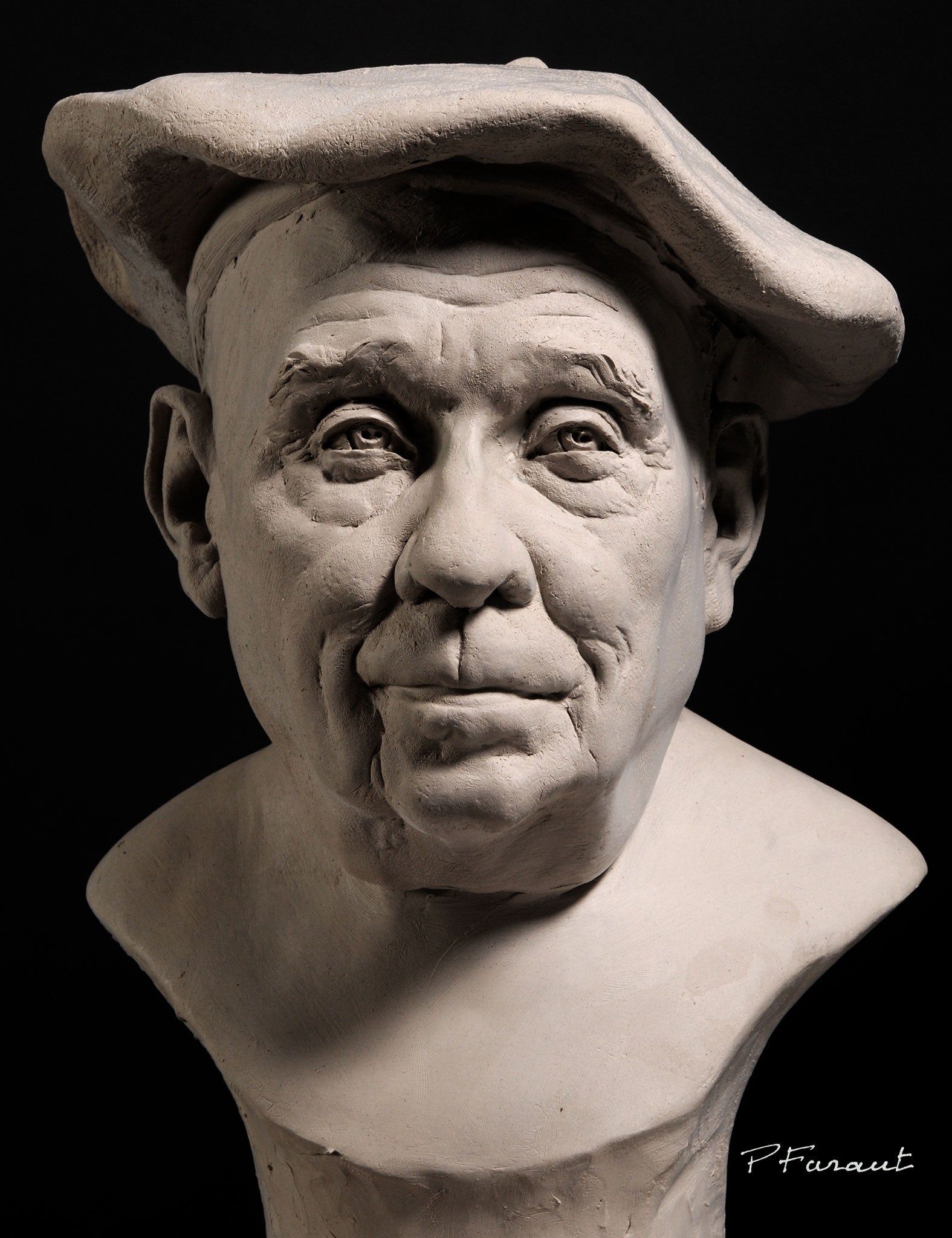Sculpting the Human Form: Portrayals of the Body in Sculpture
Shaping the Human Kind: Portrayals of the Body in Sculpture is a detailed expedition of the imaginative representation of the human body throughout history. This exhibit dives into the various methods, designs, and cultural perspectives that have shaped the way artists have actually represented the human form in sculpture. From the charming marble sculptures of ancient Greece to the complex work of arts of the Renaissance, from the elaborate and flamboyant Baroque and Rococo sculptures to the progressive and abstract expressions of modern-day and contemporary sculpture, this exhibition supplies a captivating trip with the advancement of this ageless art kind - Robert C Hitchcock Sculptor. By analyzing the diverse analyses and depictions of the body, visitors will certainly get a deeper understanding of the artistic, social, and societal impacts that have shaped our understanding of the human kind.
Old Greek Sculptures

One of the defining features of Old Greek sculptures is their emphasis on symmetry. Each part of the body is thoroughly crafted to be in percentage to the whole, creating a sense of balance and consistency. The artists paid mindful attention to every detail, from the placement of muscular tissues to the positioning of arm or legs, guaranteeing that each figure showed up both effective and elegant.
The Greeks also valued the concept of idealized charm. Instead than showing the blemishes and flaws of the human type, they sought to produce an idyllic variation of fact. The sculptures often depicted athletes, gods, and sirens, with their bodies sculpted to perfection. Robert C Hitchcock Sculptor. This idyllic representation of the human type not just well known physical beauty however additionally functioned as a way of motivating and uplifting the visitor.
Renaissance Masterpieces
Continuing the expedition of the portrayal of the human kind in sculpture, Renaissance masterpieces better improve the idealized concept of beauty, structure upon the harmonious and in proportion percentages of their Old Greek precursors. Throughout the Renaissance duration, which extended from the 14th to the 17th century in Europe, musicians looked for to revitalize the classical ideals of ancient Greece and Rome. They studied and imitated the works of the ancient masters, pursuing a sensible representation of the human body.
Among the most popular Renaissance carvers was Michelangelo Buonarroti. His masterpiece, the sculpture of David, exemplifies the perfection and grace that became synonymous with Renaissance art. Standing at over 17 feet high, the sculpture represents the scriptural hero in a state of calmness before his battle with Goliath. David's muscular physique, recorded with remarkable detail, reveals the musician's proficiency of human composition.
Another notable Renaissance artist was Donatello. His sculpture of Saint George, developed in the very early 15th century, showcases the artist's ability to convey toughness and nobility via the human kind. The statuary shows the epic dragon-slaying saint in a poised and positive stance, exuding a feeling of heroism.
Renaissance work of arts not only commemorated the physical appeal of the body but also shared much deeper feelings and significances. Through their meticulous focus to detail and competent craftsmanship, Renaissance artists raised the art of sculpture to brand-new elevations, leaving a lasting heritage that continues to influence musicians to this particular day.
Rococo and baroque Sculpture
Baroque and Rococo sculpture exemplifies the luxuriant and lavish representation of the human type during the 17th and 18th centuries. Identified by its remarkable and vibrant style, Baroque sculpture aimed to astound audiences via its splendour and emotional intensity. Musicians such as Gian Lorenzo Bernini and Alessandro Algardi created sculptures that shared motion, usually illustrating figures in remarkable postures. Making use of light and darkness even more improved the feeling of drama, producing a staged result.
Rococo sculpture, on the various other hand, arised as a response to the grandiosity of the Baroque duration. They usually portrayed numbers in graceful and sensuous presents, showing the laid-back and wayward nature of the Rococo design.
Both Rococo and baroque sculpture put a wonderful focus on the human type, celebrating its beauty and sharing an array of emotions - Contemporary Sculptures. Whether it was the dynamic and powerful figures of the Baroque or the elegant and charming figures of the Rococo, these sculptures recorded the significance of the human experience, leaving a long lasting influence on the art globe
Modern and Contemporary Sculpture
The advancement of sculpting the human kind continues in modern-day and contemporary sculpture. Modern sculpture arised in the late 19th century as a reaction to the transforming social and political landscape.
In the 20th century, the increase of abstraction and theoretical art brought new opportunities for artists. Artists like Henry Moore and Barbara Hepworth checked out the partnership in between form and space, producing abstracted and natural numbers that challenged standard ideas of depiction. Moore's monumental bronze sculptures and Hepworth's carved stone jobs are commemorated for their innovative usage of products and their capacity to evoke a feeling of the body in a non-literal means.
Contemporary sculpture remains to push the limits of depiction and explore new products and strategies. Musicians like Antony Gormley and Ron Mueck create hyper-realistic sculptures that challenge our understanding of the body, while others, such as Louise Bourgeois and Kiki Smith, make use of the body as a metaphor for personal and collective experiences. The human type continues to be a powerful topic in sculpture, providing a system for musicians to discover identity, emotion, and the human condition.
Social Viewpoints on the Body

In the exploration of shaping the human form, the evaluation of cultural point of views on the human body reveals a diverse and rich tapestry of interpretations and depictions. Throughout history, various societies have held unique ideas and worths relating to the human body, causing distinctive creative expressions - Figurative Sculptures. These social perspectives shape the method the human body is illustrated and regarded in sculpture, reflecting societal norms, faiths, and visual ideals
For example, old Greek sculptures commemorated the idyllic human kind, stressing physical beauty and athleticism. The sculptures portrayed gods, heroes, and professional athletes with flawlessly proportioned bodies, personifying the Greek principle of physical excellence. On the other hand, ancient Egyptian sculptures focused on the preservation of the body in the afterlife, illustrating numbers with idyllic attributes and inflexible stances. The Egyptians thought that the body should be presented in a manner that ensured its eternal presence.
In a similar way, social viewpoints on the body in African art often stress communal identification and spiritual beliefs (Equine Sculptures). Sculptures from different African societies depict the human body with exaggerated features, representing social values and ancestral connections. Indigenous cultures in the Americas additionally have special point of views on the body, usually illustrating it in a spiritual context and emphasizing the link between human beings and nature
The assessment of cultural viewpoints on the human body in sculpture permits us to acquire understanding into the worths, beliefs, and aesthetic appeals of different societies throughout background. It highlights the diversity of human experiences and the methods which art shows and forms our understanding of the human type.

Final Thought
In verdict, the representation of the human body in sculpture has actually progressed gradually, reflecting various artistic activities and cultural viewpoints. From the idyllic figures of Old Greek sculptures to the emotive and realistic Renaissance work of arts, and the elaborate information of Baroque and Rococo sculptures, to the abstract and experimental kinds of contemporary and contemporary description sculpture. The body has been a subject of attraction and creative expedition throughout history, showcasing the varied interpretations and expressions of the human kind.
Shaping the Human Kind: Portrayals of the Body in Sculpture is a comprehensive exploration of the imaginative representation of the human body throughout background. From the beautiful marble sculptures of old Greece to the elaborate work of arts of the Renaissance, from the flamboyant and elaborate Baroque and Rococo sculptures to the avant-garde and abstract expressions of modern-day and contemporary sculpture, this exhibit supplies a captivating trip via the development of this classic art form. Artists like Antony Gormley and Ron Mueck produce hyper-realistic sculptures that test our perception of the human body, while others, such as Louise Bourgeois and Kiki Smith, utilize the body as an allegory for personal and collective experiences. The human form stays an effective subject in sculpture, supplying a system for artists to explore identification, feeling, and the human problem.
From the idealized figures of Old Greek sculptures to the emotive and sensible Renaissance work of arts, and the intricate details of Baroque and Rococo sculptures, to the abstract and speculative kinds of modern-day and contemporary sculpture.